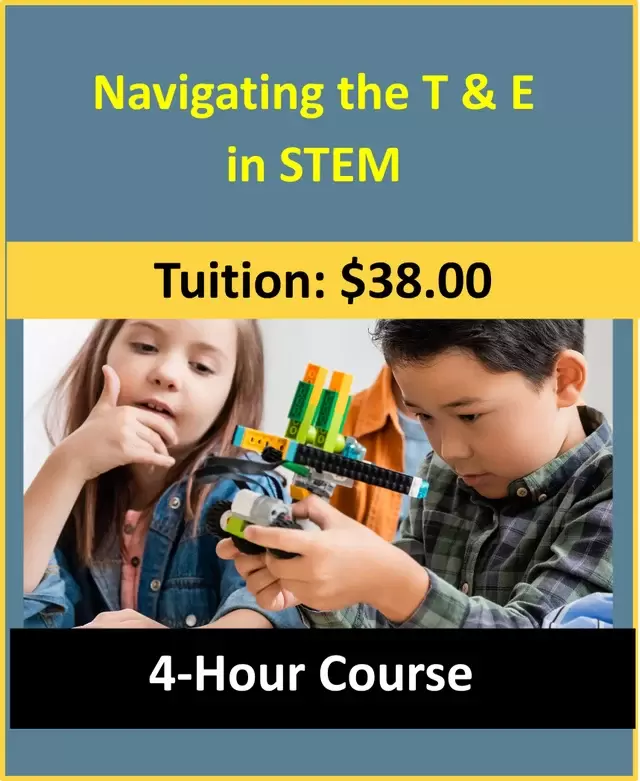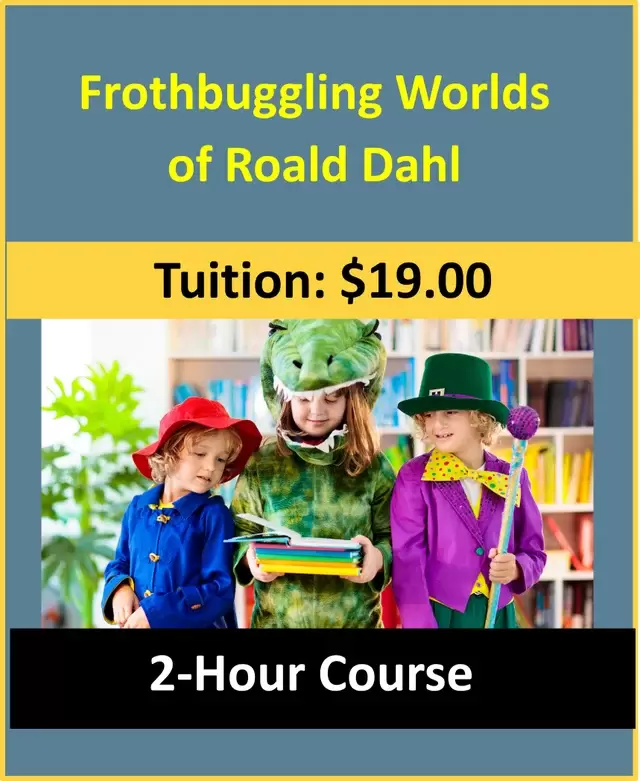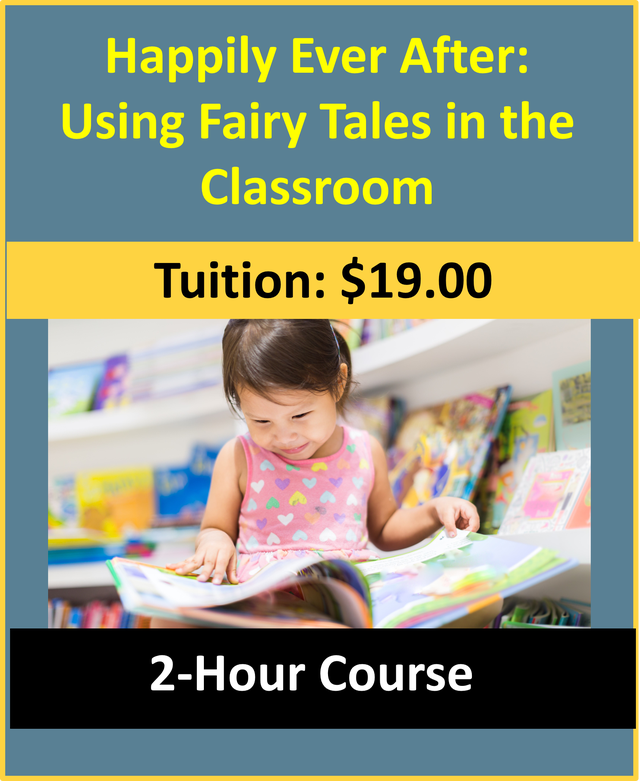|
Are you struggling with how to support physical development for children in your care who have special needs? Think about the vast physical changes that occur between a newborn baby and a young adult. Recall the different things you or children you know were able to do at various stages while growing up. Physical activity is particularly important for our overall development and growth. Moving the different parts of our bodies, sitting up, rolling, crawling, walking, running, jumping, holding, and manipulating varied materials or objects are examples of ways in which we use our bodies to explore our environment and learn about the world. These are also ways to keep our bodies healthy, fit, and well-functioning. For children with special needs, some of these activities are going to be more difficult or look different. A child in a wheelchair for instance may not be able to play traditional hopscotch with everyone. This doesn't mean that we leave them out of the activity all together, instead we modify the activity to fit the individual and make sure to include everyone. In this course, we will explore ways to better include children with disabilities in physical activities through modification and inclusion. Physical activity has many benefits to children with special needs, including:
***Does this topic interest you?*** You could enroll in our new course titled Adaptive Classrooms: Physical Activity and Children with Special Needs for 2 clock hours. Click here to enroll. Comment one activity that you love to do with children to support their physical development. How could you adapt it for a child with special needs?
Here is mine: I love doing a scavenger hunt type game outside. Even if it is just to find toys (and secretly use the game for them to clean up). I can provide extra support for any child who needs it for picking items up or finding them. I could see if any other children want to help the child by carrying the toy for them (if the child accepts/wants the help).
0 Comments
Have you ever heard of Waldorf education? Did you know there are alternative education methods you could use in your classrooms? Rudolf Steiner, a Austrian educator, founded Waldorf education (also called "Steiner education"). In 1919, Steiner visited a cigarette factory in Germany and spoke to them about his theories on organizing society as well as politics and culture. The owner of the factory asked him to start a school for children of the employees, to which he agreed. It was originally called the "Independent Waldorf School." In 1928, Waldorf education started popping up around North America. There is estimated to be over 160 official Waldorf schools in North America, not including the Waldorf inspired programs around the country. The typical, but not exact, philosophy of a Waldorf program is:
***Does this topic interest you?*** You could enroll in our new course titled Waldorf Education with Children for 2 clock hours. Click here to enroll. Comment what your feelings are about the Waldorf Education philosophy.
Here is mine: I think it's really cool that there is a focus on nature. It's really exciting to see what children can learn from different nature aspects, whether it's trees, plants, or animals. Do you struggle with having meaningful connections and communication with the children you care for? Studies have found that the quality of interactions and communication between the teacher and the children are essential in building relationships to enhance children's learning and social development. Young children who experience warm and respectful relationships are more likely to develop positive relationships with peers and teachers in elementary school. Communication and conversations between a teacher and the children are essential in building trusting teacher-child relationships.
***Does this topic interest you?*** You could enroll in our new course titled Growing Connections and Communication with Children for 2 clock hours. Click here to enroll. Comment one way you really connect with children in your care.
Here is mine: I am always willing to admit when I'm wrong or when I don't know something. We can learn it together but that way they aren't as likely to lie or feel ashamed when they don't know something either. I feel that it really builds that connection! Do you struggle with the T & E elements within STEM? Technology We often think of technology as only computers, phones, tablets, but in reality, technology is anything tangible or intangible created by a technical method that impacts life, society, and environment. The wheel created 6,000 years ago is an example of technology. It is a tool of technology that, even now, we use daily. Engineering Teaching engineering is teaching the process of designing and building something that is a practical necessity. You can also think of it as the process of creating those pieces of technology that are critical to serving a purpose or meeting a need.
***Does this topic interest you?*** You could enroll in our new course titled Navigating the T & E in STEM for 4 clock hours. Click here to enroll. Comment one of your favorite technology or engineering activities with children.
Here is mine: I love trying coding for technology. It could be with legos or them practicing moving their friends around with "rules." |

























 RSS Feed
RSS Feed